Diospyros virginiana (Persimmon)
Top Tropicals Plant Encyclopedia
Botanical name: Diospyros virginiana
Common name: Persimmon
Family: Ebenaceae
Origin: Eastern United States








Diospyros virginiana, commonly known as Persimmon, is a deciduous tree native to the Eastern United States. It grows to a height of 10-20 feet and sometimes is used for bonsai. The tree needs to be planted in full sun or semi-shade in USDA Zone 6-9 and requires moderate watering.
The fruit of the Persimmon tree is a plum-like berry that ranges in size up to 2 inches in diameter. Initially green in color, the fruit turns orange to black when ripe. It is very astringent and mouth-numbing when green, but turns sweet and edible after a hard freeze. The fruit is typically ready to harvest in the middle to late fall.
Persimmon fruit has a lot of nutritional benefits. It is high in dietary fiber, vitamin A, and vitamin C. It also provides B vitamins, minerals such as calcium and magnesium, and polyphenols. The fruit can be eaten fresh, dried, or processed into jam or jelly. It can also be used to make a sweet, spicy, and delicious stew.
If you are looking to grow Persimmon in a pot, regardless of whether you live in a cold region, you can easily do so by following a few simple steps. Make sure to use well-draining soil. Ensure that the pot is wide enough - a minimum of 24-inches in diameter is recommended. Keep the soil moist and provide the plant with enough sunlight - a minimum of 6 hours per day. Lastly, keep the potted tree protected from extreme temperatures and snow or frost during winter.
Similar plants: Diospyros virginiana (Persimmon)
A plum-like berry that is green before ripening, turning orange to black when ripe, 3/4 to 2 inches in diameter. Cold hardy.
Astringent cultivars have water-soluble tannins in the flesh of the fruit at maturity (harvest) and do not normally lose their astringency until soft and ripe.
Learn more: Growing Persimmon trees.
Recommended Fertilizer: SUNSHINE C-Cibus - Crop Nutrition Booster
SUNSHINE-Honey - sugar booster
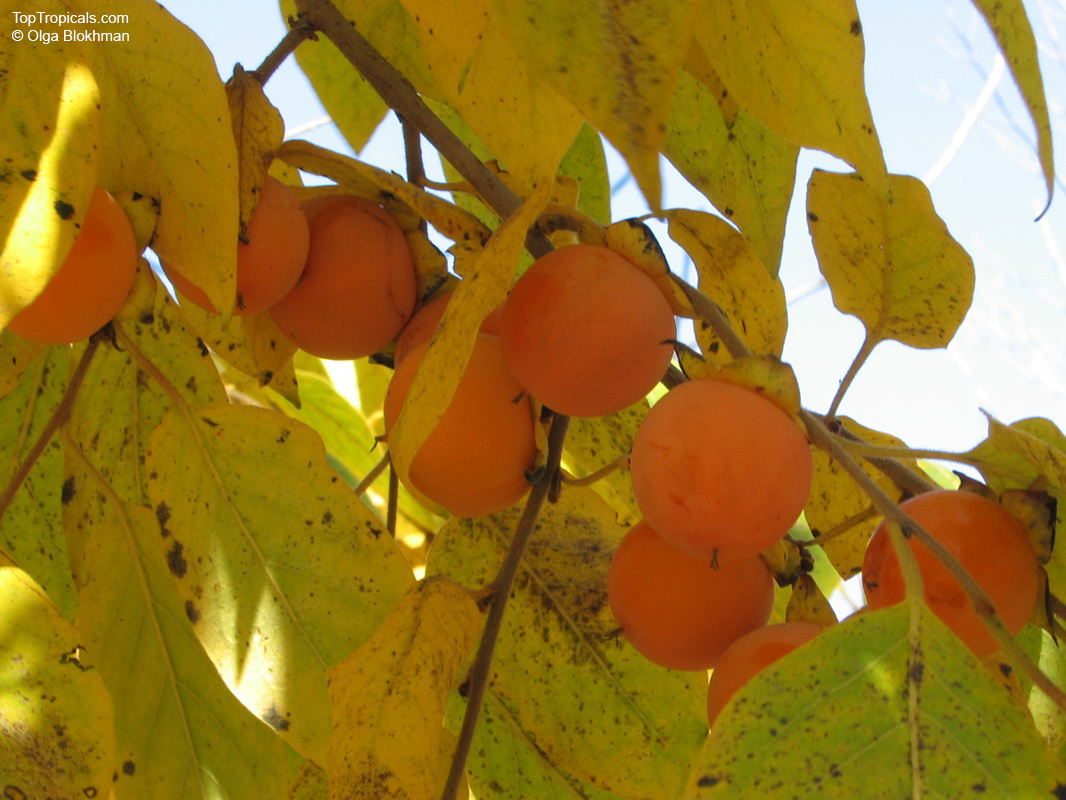
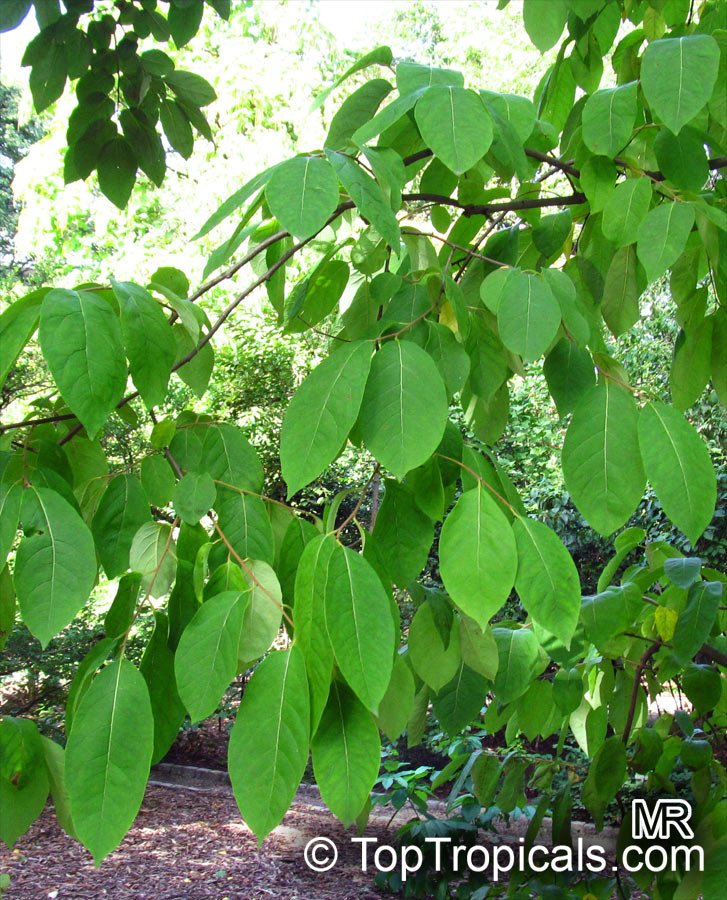
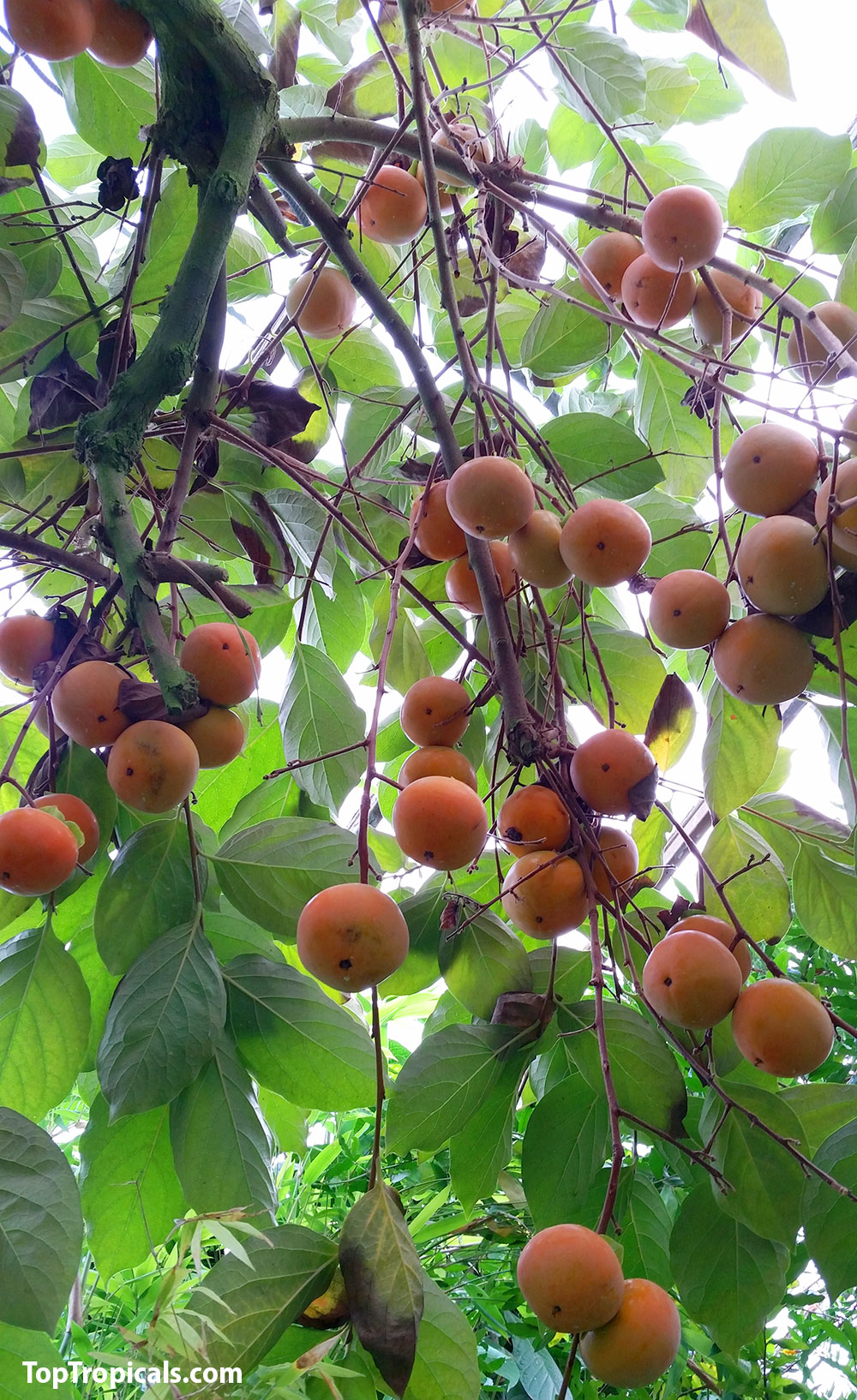
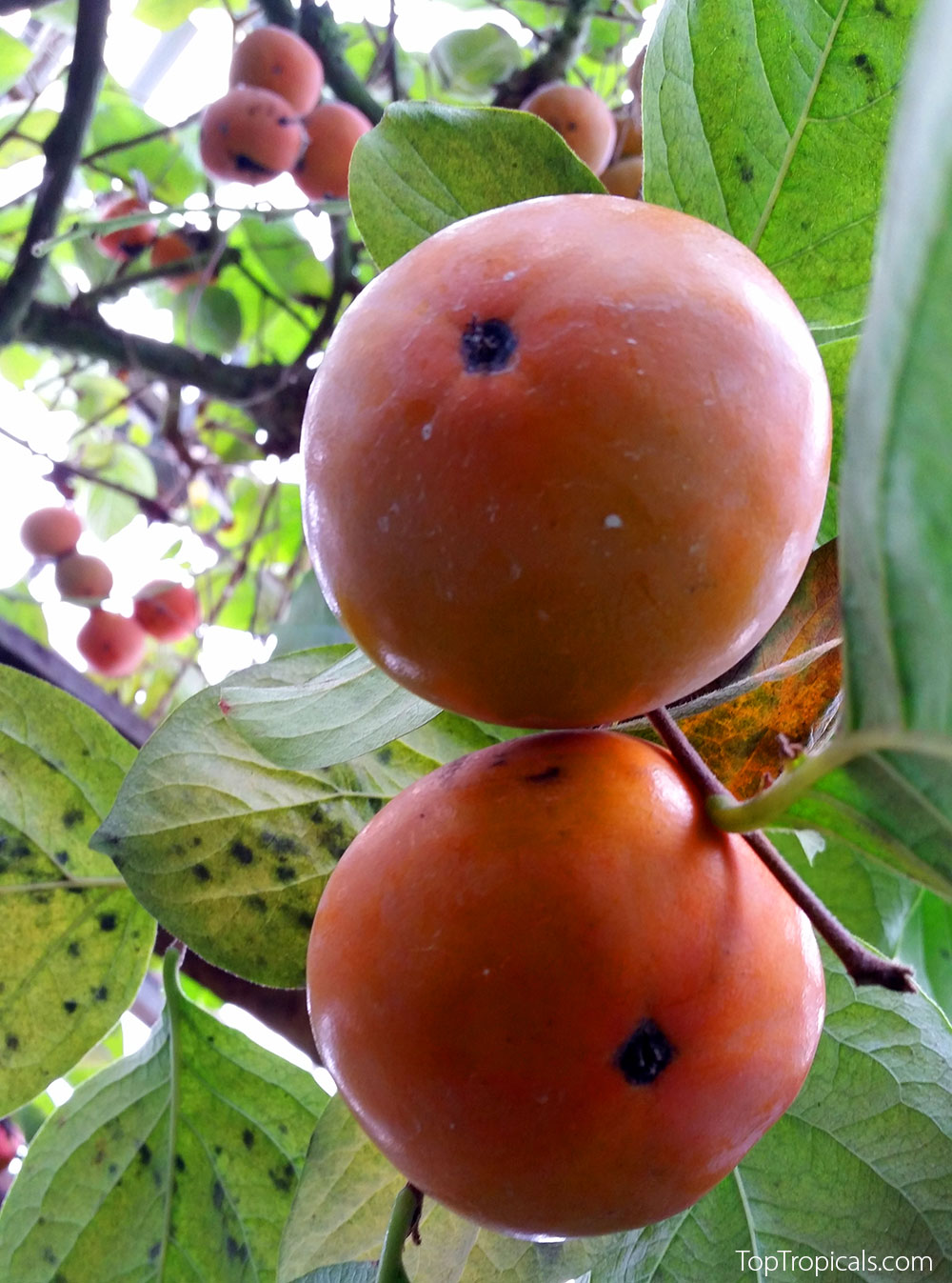
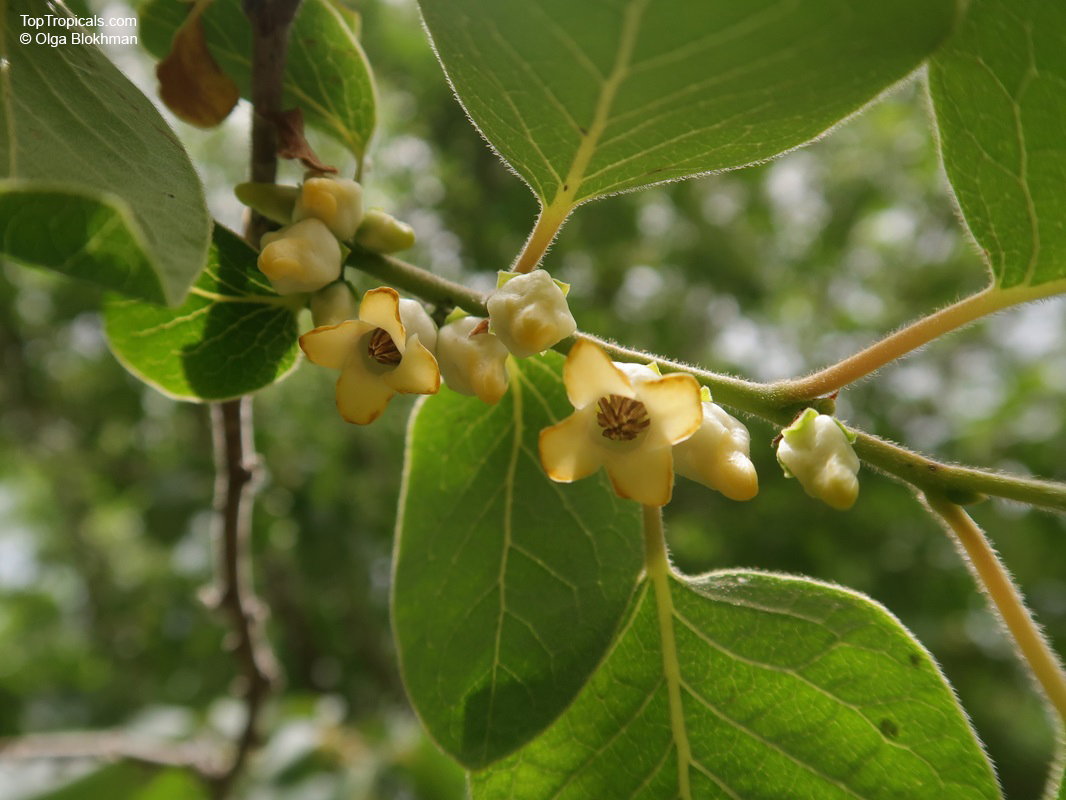
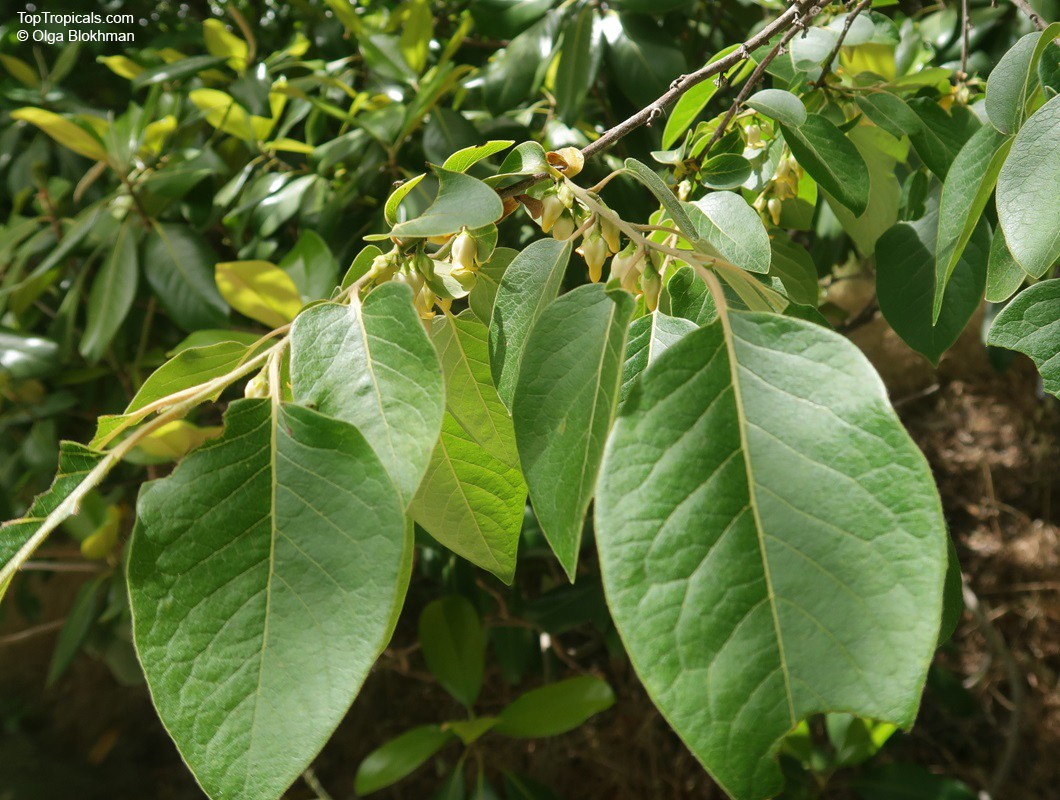
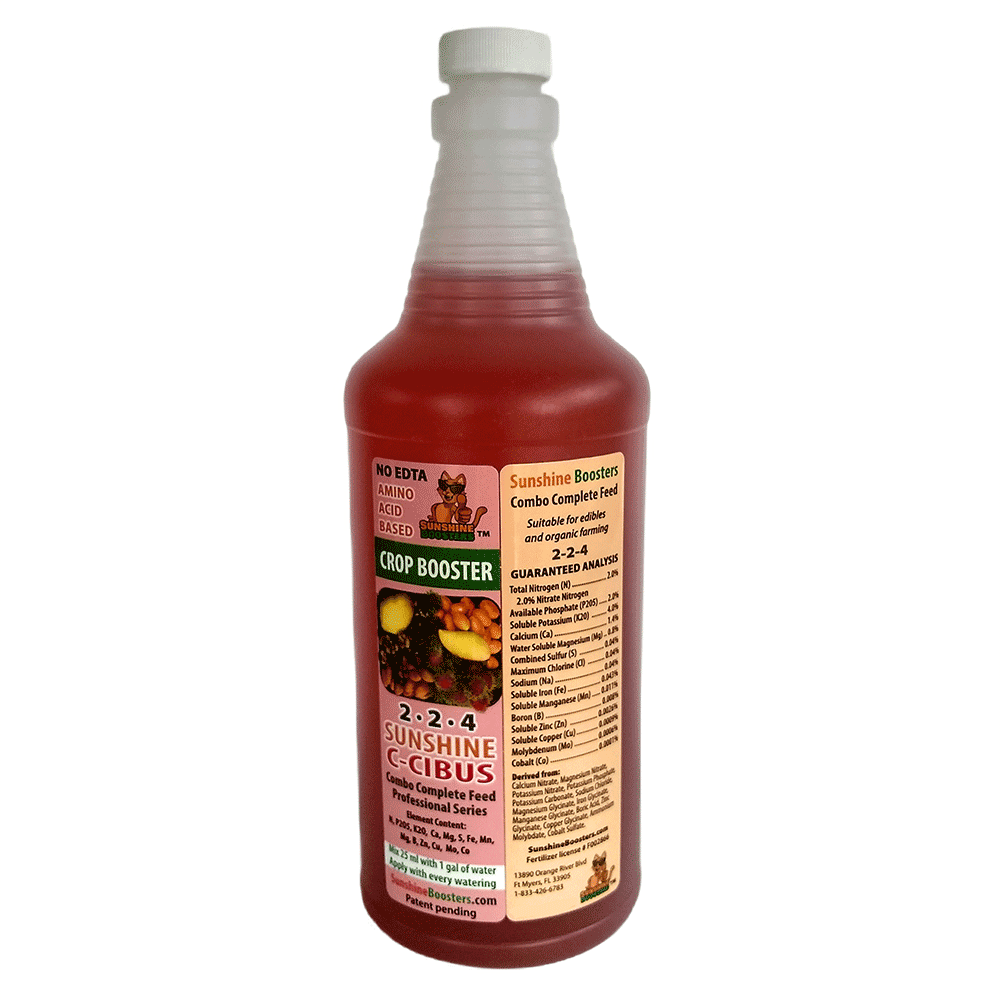 SUNSHINE C-Cibus (NPK 2-2-4) - Crop Booster for every watering.
SUNSHINE C-Cibus (NPK 2-2-4) - Crop Booster for every watering. 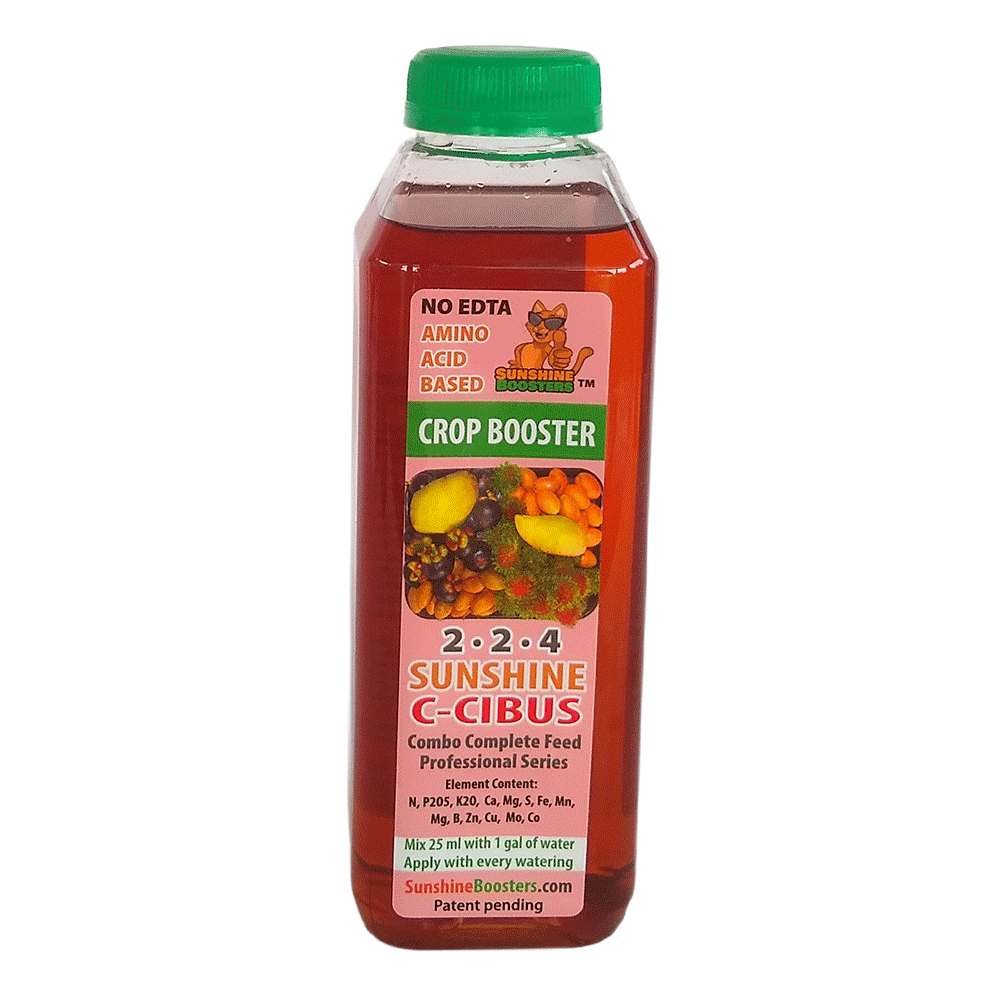 SUNSHINE C-Cibus (NPK 2-2-4) - Crop Booster for every watering.
SUNSHINE C-Cibus (NPK 2-2-4) - Crop Booster for every watering.